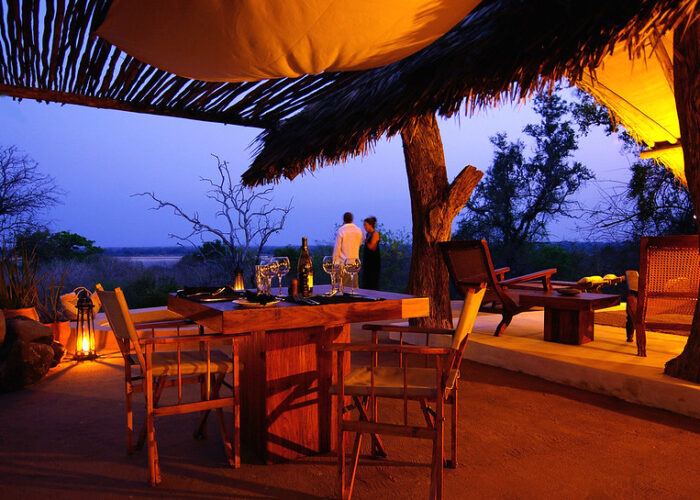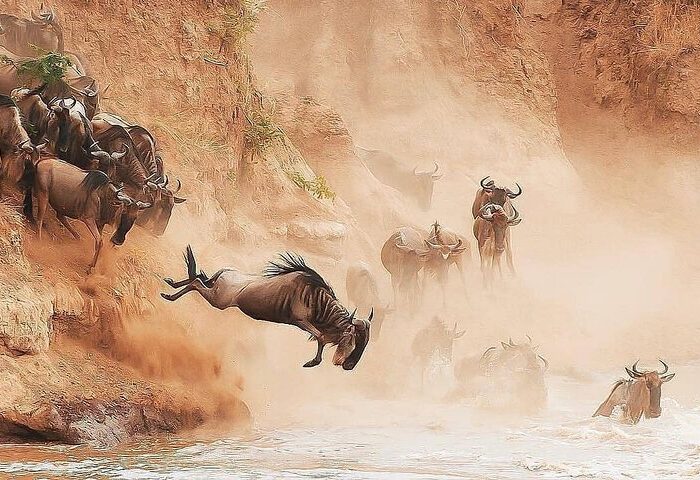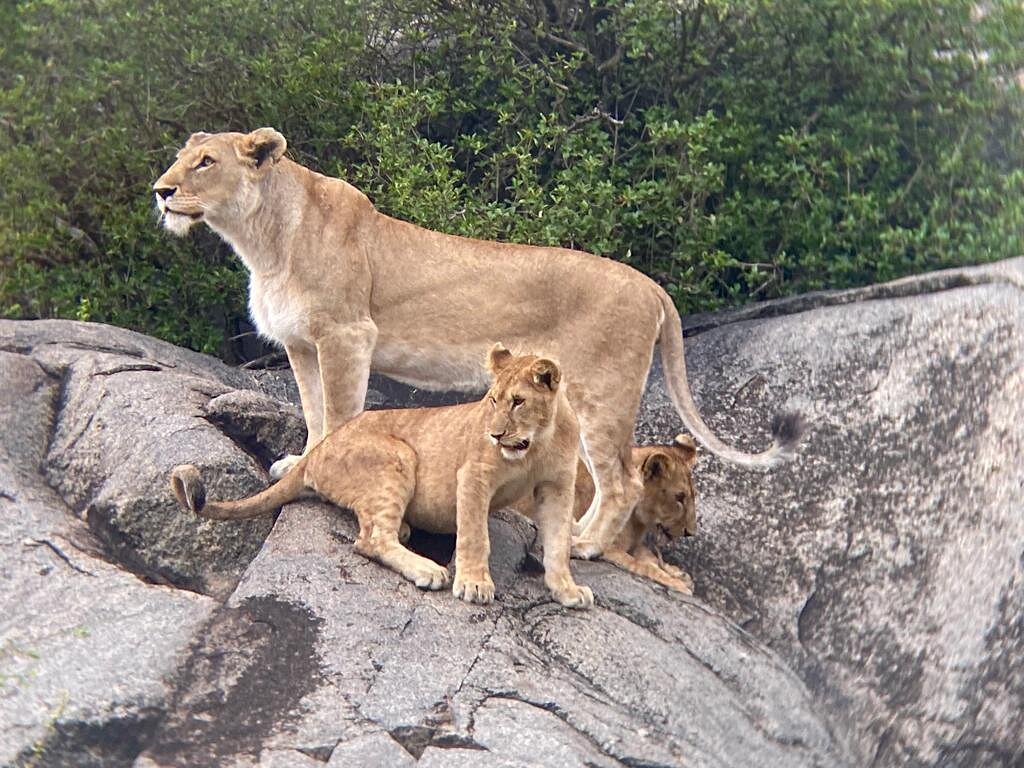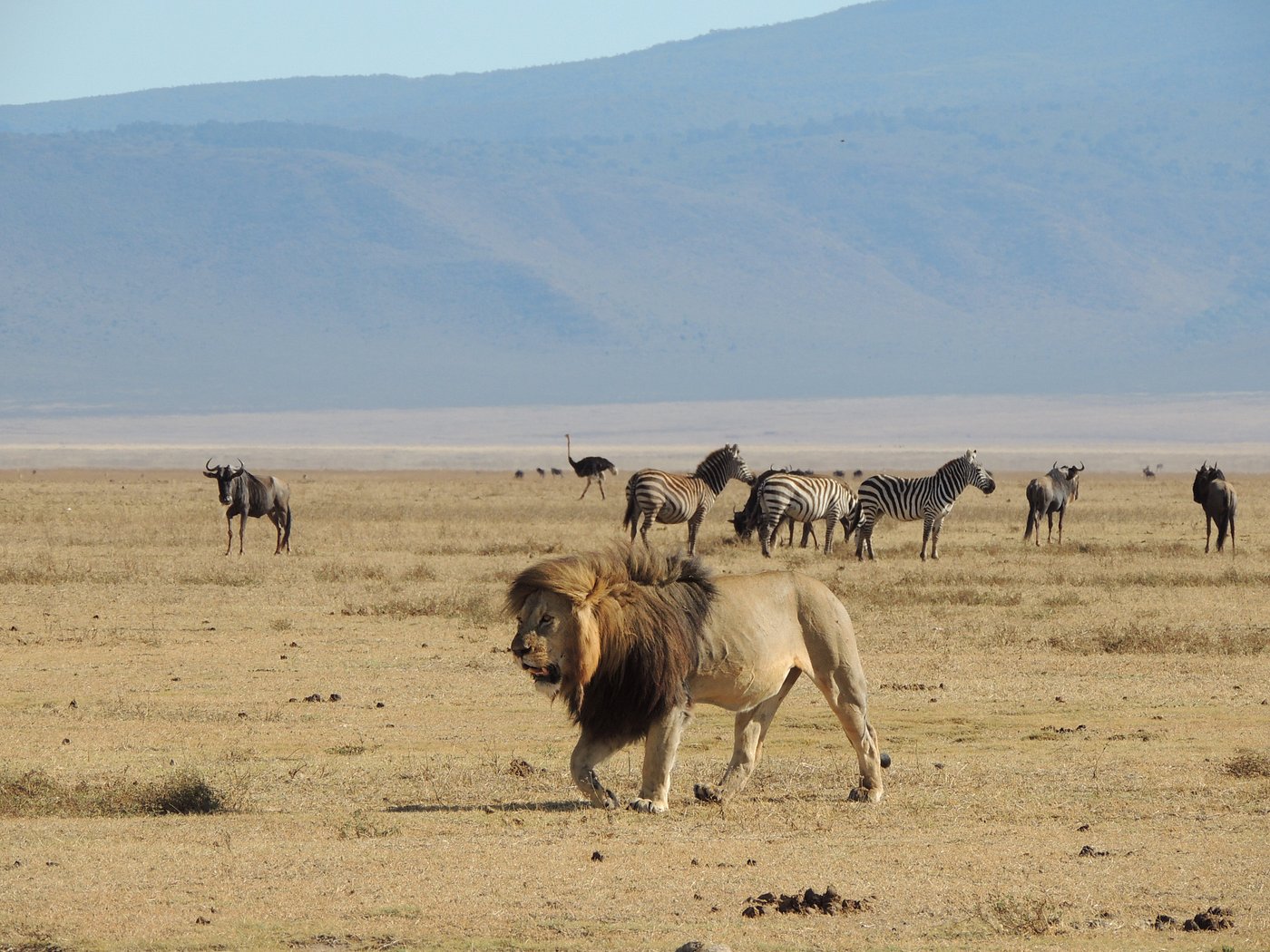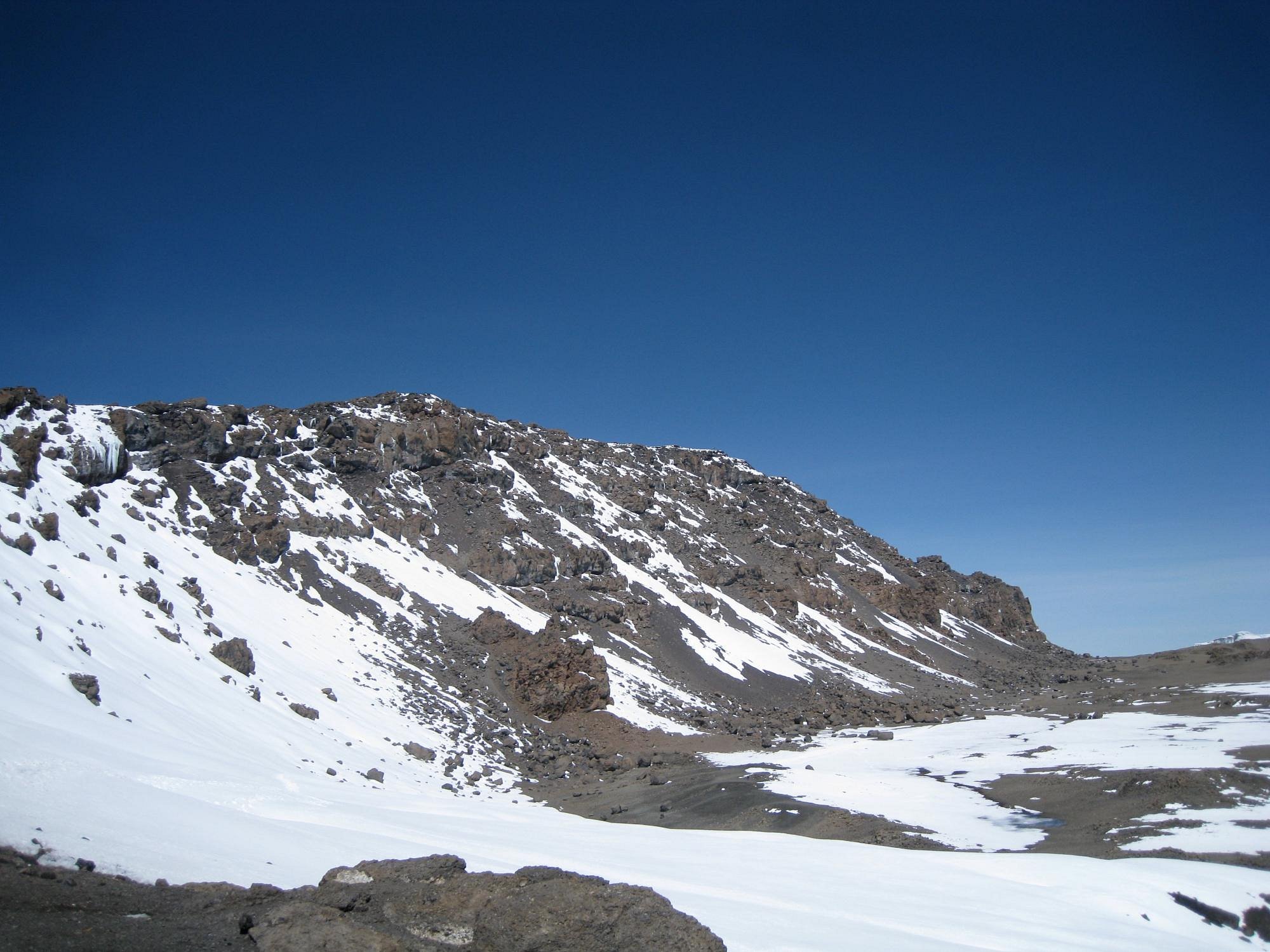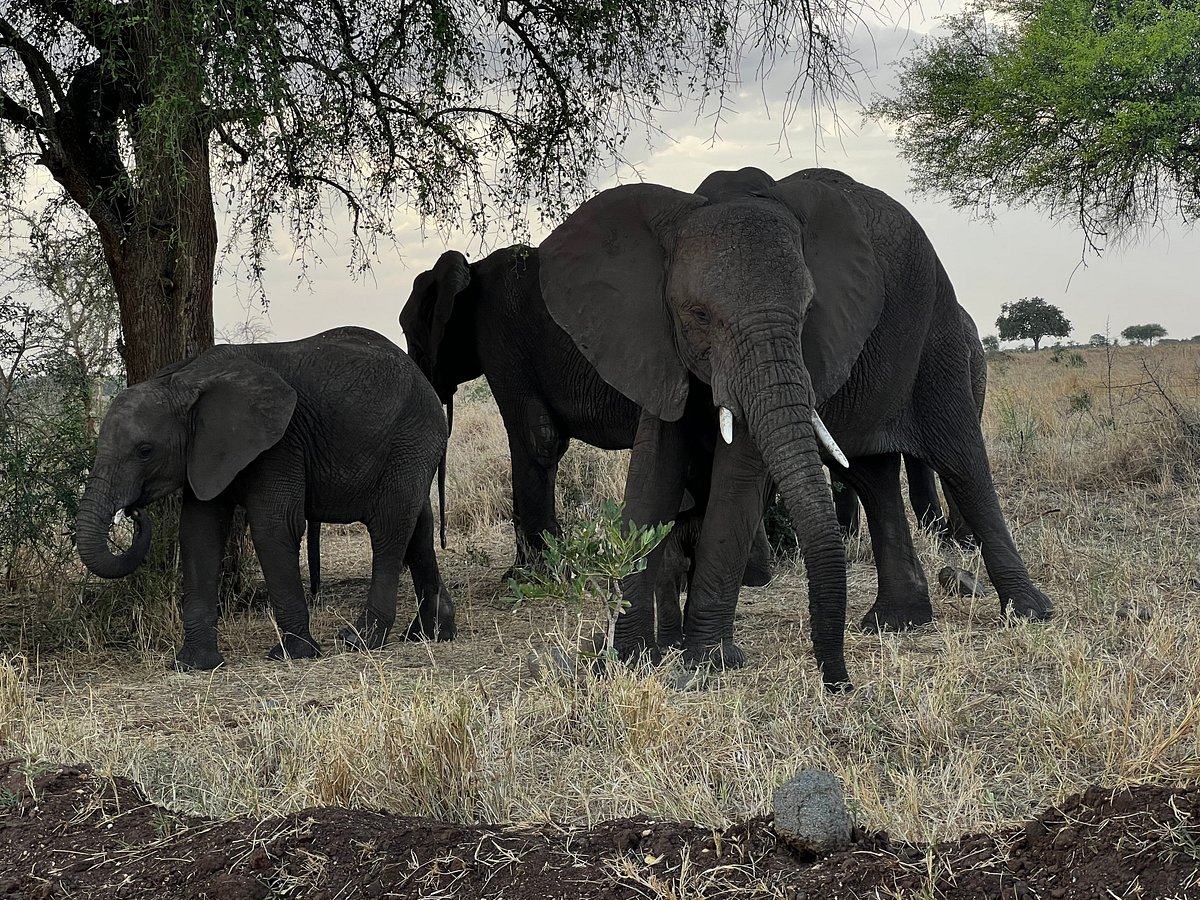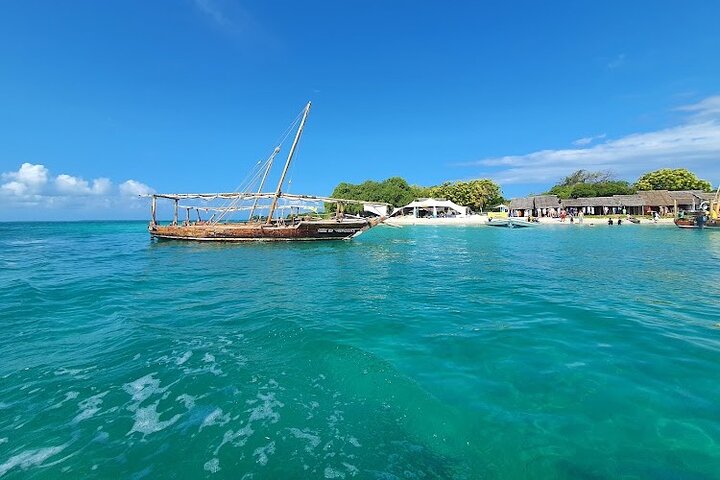Tanzania Travel Guide: Location, Great Migration
Tanzania is a popular safari destination in Africa and the largest country in East Africa. Located on the beautiful Indian Ocean coast, it borders Kenya to the Northeast, Uganda to the northwest, Rwanda, Zambia, Malawi and Mozambique, among other amazing safari destinations.
Why Tanzania? From the Wildebeest Migration to the Big 5 and Tropical Beaches
A Tanzania safari offers a jaw-dropping experience after another, from the iconic savannah landscapes of Tarangire national park, Ngorongoro Crater, and the Serengeti national Park to Zanzibar’s beaches and coral reefs. And that’s before you find hidden treasures like chimpanzee trekking in the unspoiled jungles of Mahale and Rubondo or uncrowded wildlife viewing in the stunningly untamed and distinctive settings of Nyerere (formerly Selous) and Ruaha National Park.
What We Think You Should Do in Tanzania
Best Tanzania Wildlife Safari Destinations
Best Time Of The Year To Visit Tanzania For safari?
Tanzania is best visited from June to October, which is the dry season, and best time for the Great Wildebeest Migration.
The extended dry season, which runs from July to October, is the perfect time of year to visit Tanzania, because grasslands are shorter during the season, making wildlife viewing better. This is also the best time to visit Serengeti National Park for the Great Migration runs from July to October.
The short dry season from January through March, is another perfect time of the year to visit Tanzania for just breathtaking safari encounters. During this time, the wildebeest migrate south, and calving season begins in February, with hundreds of young wildebeests born each day, attracting a large number of big cats and other predators. Amazing safari throughout this season.
April and May are Tanzania’s wettest months. However, there may be short but intense downpours in the late afternoon and early morning, with the majority of the day being dry. Although these rains may affect your safari experience, many guides prefer this season because there are less other safari vehicles and you can enjoy stunning, majestic skies.
Visiting Tanzania Month By Month


